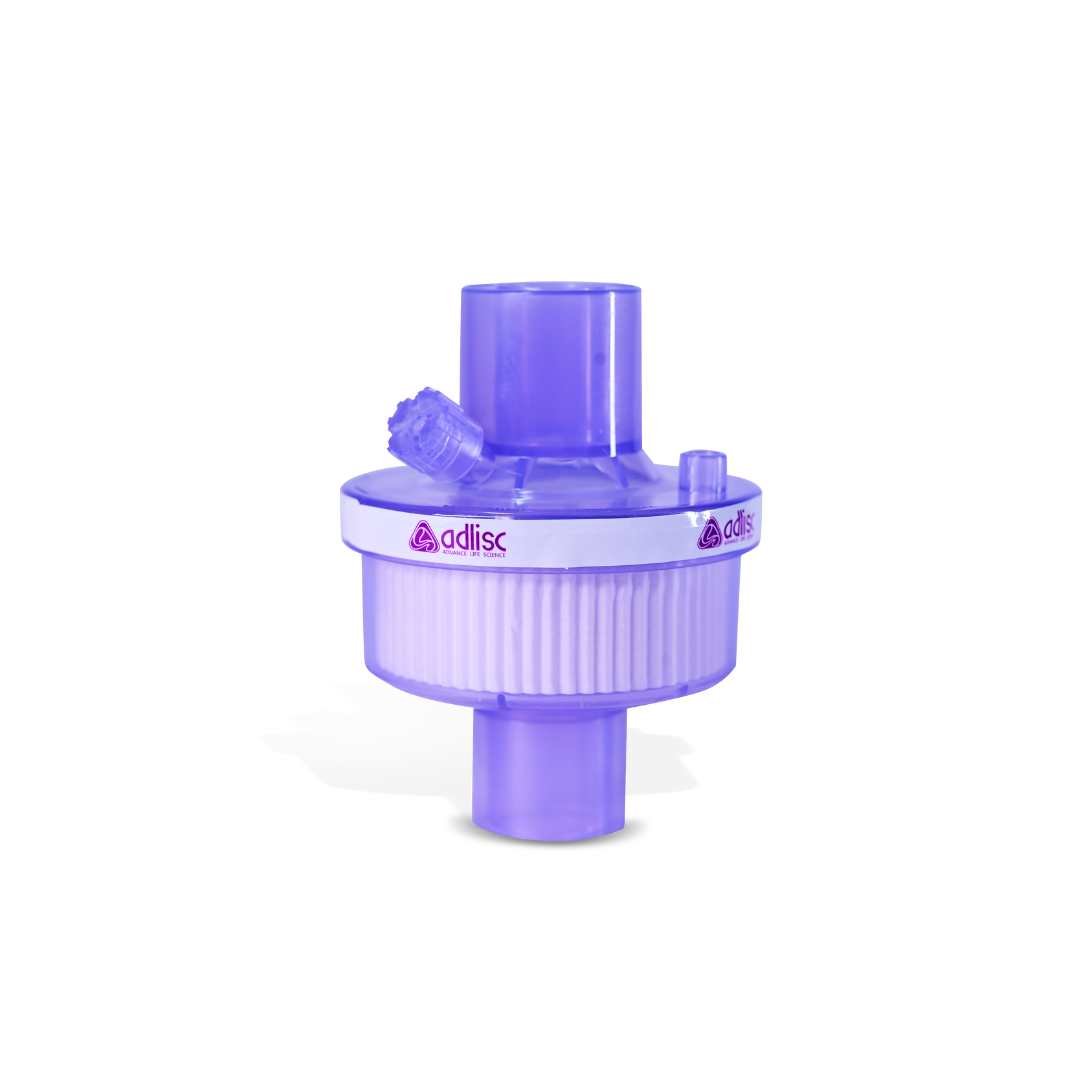
Understanding HME Filters: A Simple Guide
In respiratory care, ensuring the airways remain healthy is crucial. One essential tool in this process is the Heat and Moisture Exchange (HME) filter. These small devices are critical for patients who have trouble breathing naturally or require mechanical assistance. Whether you're a patient, caregiver, or someone curious about respiratory health, this guide will explain what HME filters are, how they work, and why they are so important.
What is an HME Filter?
HME filters are devices designed to mimic the natural functions of the nose and upper airways. Normally, our noses warm and humidify the air we breathe. However, for individuals using tracheostomies or ventilators, this natural process is bypassed. Without humidification, the air reaching the lungs can cause dryness, irritation, and even infections. HME filters step in to perform these functions by trapping moisture and heat from exhaled air and using it to condition the next breath.
How Do HME Filters Work?
HME filters are made with materials that absorb heat and moisture from the air exhaled by the patient. When the patient inhales, this stored heat and moisture are returned to the incoming air. This ensures that the air entering the lungs is warm and moist, reducing the risk of complications like dry airways or mucus buildup. Many HME filters also include filtration capabilities to block bacteria and viruses, adding an extra layer of protection.
Why Are HME Filters Important?
HME filters provide several benefits, including:
1. Preventing Dryness: They keep the airways moist, reducing discomfort and irritation.
2. Lowering Infection Risk: By filtering pathogens, they help protect patients from infections.
3. Improving Breathing Comfort: Proper humidification aids mucus clearance, ensuring smoother breathing.
4. Portability and Ease of Use: Most HME filters are compact and simple to use, making them ideal for home and hospital care.
Where Are HME Filters Used?
HME filters are commonly used in the following situations:
- Tracheostomy Care: Patients with tracheostomies benefit greatly from HME filters, which help maintain healthy airways.
- Mechanical Ventilation: Filters are vital for ventilated patients to ensure they receive moist, clean air.
- Post-Surgery Recovery: After respiratory surgeries, HME filters assist in stabilizing the airway environment.
The Adlisc HME Filter: A Reliable Choice
Among the many options available, the Adlisc HME Filter stands out for its quality and performance. This filter excels in:
- Moisture Retention: It holds a significant amount of moisture, ensuring consistent humidification for patients requiring long-term use.
- Filtration Efficiency: It offers high bacterial and viral filtration, crucial for protecting patients from infections.
- Compatibility: Adlisc filters are versatile and work with a wide range of respiratory devices, making them a dependable choice for both home and hospital settings.
Tips for Using HME Filters
For those using or caring for someone who uses HME filters, here are some important tips:
1. Replace Regularly: Follow the manufacturer’s guidelines for replacing the filter to maintain optimal performance and hygiene.
2. Check for Blockages: Inspect the filter for signs of clogging or moisture buildup, as these can impede airflow.
3. Consult Healthcare Professionals: Always seek advice from a doctor or respiratory therapist when choosing or managing HME filters.
Caring for Tracheostomy Patients with HME Filters
For tracheostomy patients, HME filters are a lifeline. They ensure that the air entering the lungs is conditioned, helping to prevent complications like mucus blockages or respiratory infections. Caregivers should:
- Monitor the filter’s condition daily.
- Ensure proper positioning of the filter to avoid air leaks.
- Educate themselves about the specific needs of the patient.
Making the Right Choice
When selecting an HME filter, consider factors such as moisture retention, filtration efficiency, and compatibility with the patient’s respiratory equipment. The Adlisc HME Filter is a great option that meets these requirements, offering reliable performance and ease of use.
The Impact of HME Filters on Quality of Life
HME filters do more than just improve breathing comfort; they significantly enhance the quality of life for patients who rely on them. By maintaining optimal airway conditions, these filters reduce the burden of respiratory complications, allowing patients to focus on recovery and daily activities.
Conclusion
Heat and Moisture Exchange (HME) filters are simple yet powerful tools in respiratory care. They replicate the essential functions of the nose, ensuring that air reaching the lungs is warm, moist, and clean. Whether it’s the Adlisc HME Filter or another high-quality option, using the right filter can prevent complications, enhance comfort, and improve overall health.
If you or someone you care for uses an HME filter, take the time to understand its benefits and maintenance. Consult a healthcare professional to ensure you are using the best option for your needs. With proper care and use, HME filters can make a world of difference in respiratory health.
